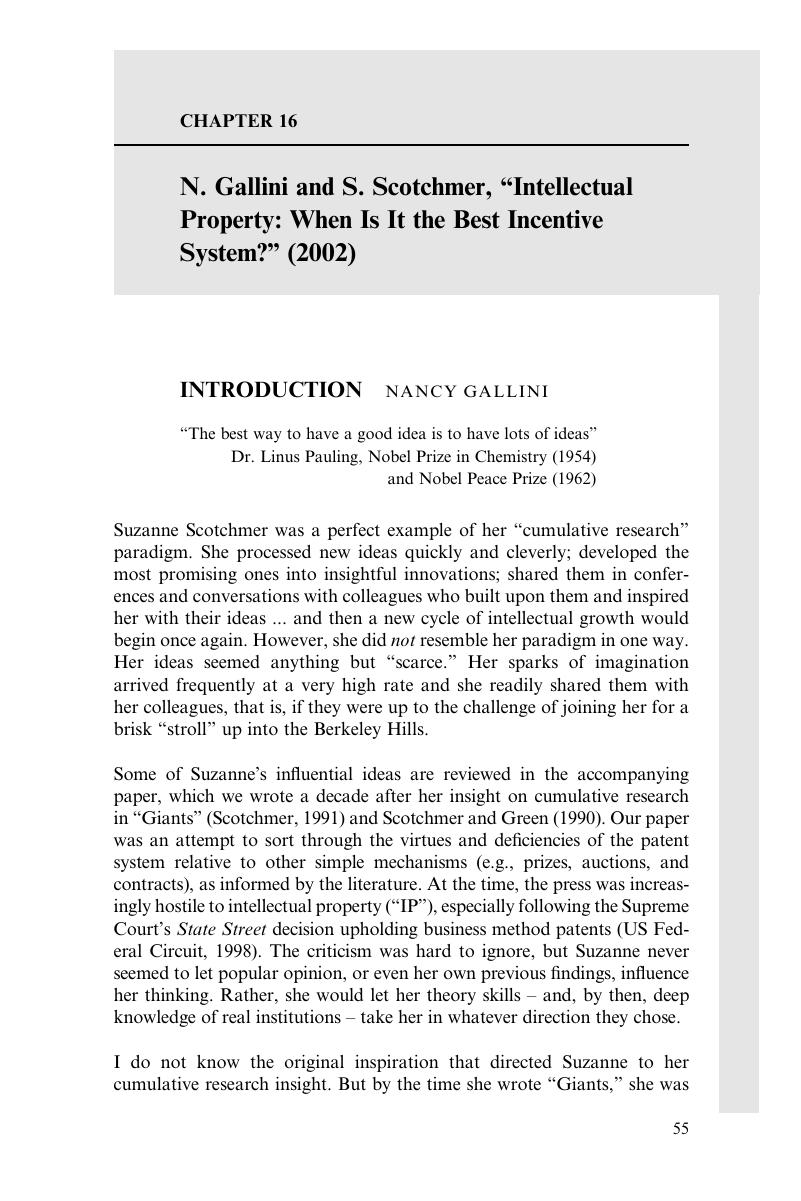Book contents
- On the Shoulders of Giants
- Econometric Society Monographs
- On the Shoulders of Giants
- Copyright page
- Dedication
- Contents
- Contributors
- Preface
- Acknowledgments
- Chapter 1 Introduction
- Part I Threads in the Tapestry
- Part II Innovation Theory (I): Cumulative Innovation
- Part III Innovation Theory (II): Law and Economics
- Part IV Club Theory
- Part V Evolutionary Game Theory
- Part VI Public Policy
- Part VII Living Legacy
- Part VIII Epilog
- Bibliography
- Index
- References
Document
Published online by Cambridge University Press: 12 October 2017
- On the Shoulders of Giants
- Econometric Society Monographs
- On the Shoulders of Giants
- Copyright page
- Dedication
- Contents
- Contributors
- Preface
- Acknowledgments
- Chapter 1 Introduction
- Part I Threads in the Tapestry
- Part II Innovation Theory (I): Cumulative Innovation
- Part III Innovation Theory (II): Law and Economics
- Part IV Club Theory
- Part V Evolutionary Game Theory
- Part VI Public Policy
- Part VII Living Legacy
- Part VIII Epilog
- Bibliography
- Index
- References
Summary

- Type
- Chapter
- Information
- On the Shoulders of GiantsColleagues Remember Suzanne Scotchmer's Contributions to Economics, pp. 55 - 84Publisher: Cambridge University PressPrint publication year: 2017
References
- 1
- Cited by

